What You Need To Know To Become an Amazon Marketplace Seller

For online retailers, where you sell matters just as much as what you sell. The internet is massive, which means it’s easy to get lost in the crowd if your products aren’t as visible as possible. Selling on Amazon Marketplace is your chance to launch your product with a built-in audience and successfully make money from home.
In the world of e-commerce, Amazon is a force to reckon with. The company’s revenue recently topped $88 billion in a single quarter, and it’s continuing to rise.
You know what they say: If you can’t beat them, join them. Cut yourself a slice of that revenue by joining Amazon’s marketplace as a third-party seller. And while you’re at it, simplify your supply chain management by choosing fulfillment by Amazon. The opportunities are endless on Amazon Marketplace, which can help you multiply sales with little worry about shipments and returns (Any retailers aiming for a stress-free holiday season?).
Here’s how you can join and make the most out of Amazon Marketplace as a third-party seller.
| Table of Contents | | | ----------------- | - | | Levels | 1 |
3 Reasons To Become an Amazon Seller
Learning how to sell on Amazon gives you an opportunity to launch new products without stressing out about building a website or struggling to find an audience. Here are three examples of why Amazon Marketplace may be the right choice for you.
1. Access Rich Analytics on Amazon Seller Central
Once you join the Amazon Marketplace, you’ll have access to a Seller Central portal, which gives you a ton of helpful information about your sales and your customers at no extra cost. Amazon Seller Central can help you track and understand data like:
- Your daily sales
- Your inventory
- Your customer metrics, including your order defect and late dispatch rates
As you start selling, you can even download business reports that give you a closer look at your performance.
2. Expand Your Reach (Instantly)
With well over 110 million Amazon Prime customers, millions more standard users, and a customer satisfaction rate that consistently stays over 80%, it’s safe to say that people love Amazon. There’s no better way to grow customer loyalty than by getting backed by a highly trusted brand!
Joining the Amazon Marketplace—especially when you choose fulfillment by Amazon, which we’ll dive into deeper within this article—gives you a chance to reach a massive amount of consumers who are ready to buy from you. In fact, 89% of shoppers are more likely to purchase a product on Amazon than any other e-commerce site.
On the flip side, if you were to sell on your own website, you’d need to focus on building brand awareness before you could convert and even begin to build trust.
3. Drive Sales During High-Demand Holidays
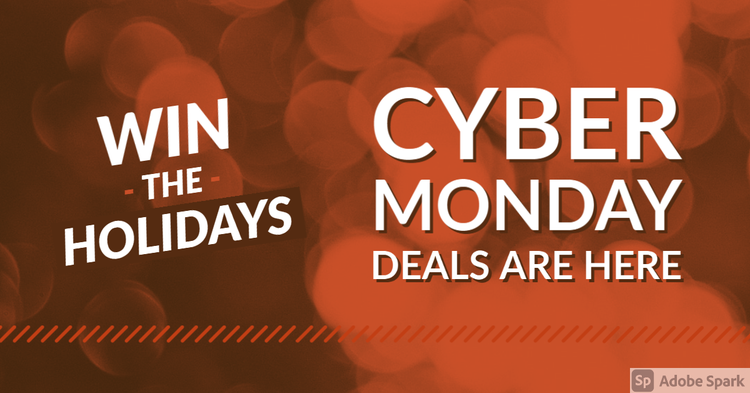
Practically every year is a record-breaker for Amazon when it comes to the holiday season. It’s a top destination for online shoppers who are shopping for gifts for all their family members and friends.
When you become an Amazon seller, you give customers the convenience of purchasing your products where they can also buy the other gifts they need. This allows you to maximize your holiday earnings, even as a new seller.
The online marketplace is also a popular destination for shoppers who are looking for good deals or event supplies for occasions like Labor Day and Cyber Monday.
But before you can master holiday sales and gain helpful analytics, you need to decide what you’re selling in the first place.
How To Join the Amazon Marketplace

Once you’ve figured out exactly what you want to sell, you can create your selling account so you can make your way toward your product launch on Amazon.
Understanding Amazon Selling Plans
Before you start the signup process, you’ll want to select the ideal selling plan for your specific needs. Amazon offers two:
- Individual: This is a basic plan that allows you to sell up to 40 units per month for 99 cents per sale with no subscription fee.
- Professional: This is a premium plan that allows you to sell unlimited products for a $39.99 monthly subscription fee (regardless of sales performance). This plan also gives you access to more detailed sales reports and enables you to connect existing sales tools for strategic growth.
The Professional plan is a must if you want to:
- Sell on Amazon Launchpad and Amazon Handmade on top of the standard Amazon Marketplace
- Invest in sponsored ads
- Sell products that are restricted but okay to sell with Amazon approval
The Individual plan is perfectly fine for new sellers who are just testing the waters, but if you really want to turn your Amazon business into a living (or a lucrative side gig), it helps to upgrade.
Keep in mind that, regardless of the plan you choose, Amazon charges referral fees on top of the price. Each time you make a sale, Amazon will take a cut—usually 8-15%, depending on the product category of your listing. Sales tax is, however, passed on to buyers.
Creating Your Amazon Seller Account
With your plan selected, you can now head over to sell.amazon.com to create your Amazon Marketplace seller account. Tap the orange “Sign Up” button when you get there.
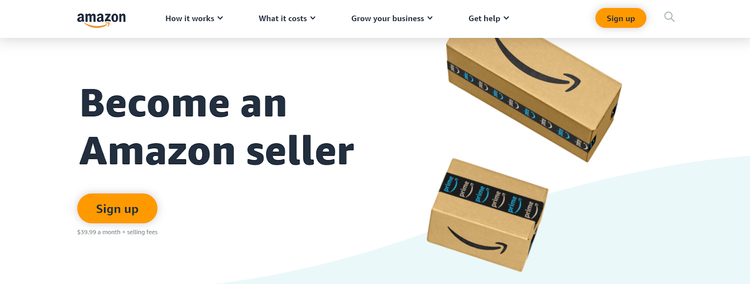
Amazon will then prompt you to log into your personal Amazon account. If you don’t have one, tap “Create your Amazon Account” to set it up before proceeding.
The signup process is otherwise straightforward. You’ll simply follow the prompts to submit important business information that allows Amazon to verify your identity, contact you, and pay you, then select a selling plan. Make sure to have your credit card, government-issued ID, phone number, bank account information, and tax information ready during this short process.
How To Start Selling on Amazon Marketplace
Once you complete the simple sign-up process, you can start building your Amazon store by listing your products on the platform. Then, you’ll need to understand your order fulfillment options and how each can help you get products to happy customers.
Create Your First Product Listing
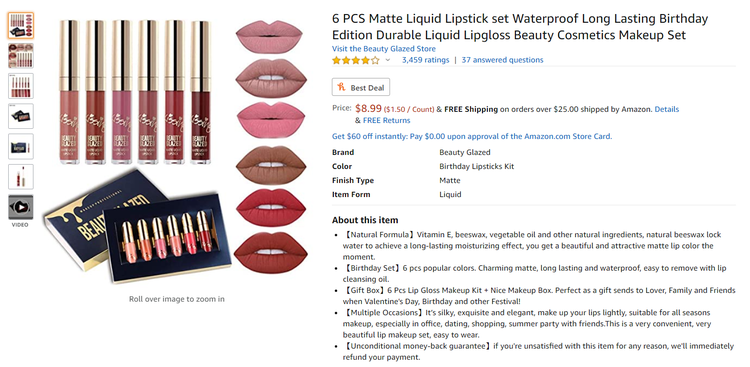
Amazon sellers can create their product listings from Seller Central. Just hover over “Inventory” in your account menu and select “Add a Product” to begin, then start filling in the requested fields.
To complete your product listing, you’ll need to provide details like:
- A product ID: You need a Global Trade Item Number (GTIN), like a UPC, ISBN, or EAN, because it helps Amazon verify and track what you’re selling. You can create product IDs and barcodes on GS1 if you don’t have a product ID already.
- A SKU: This is a number (or alphanumeric code) that helps you with your own inventory management. To create your SKU number, you may have a list of codes for each category, product type, and variation. For example, if “123” is your code for shoes, “04” is for boots, and “10” is for brown, your SKU number can be “1230410.”
- A product title: Make this descriptive, not clever (we know it’s tempting!). Write a title with terms that customers are searching for.
- A product description: This should dive deeper into your product features and how it can benefit your potential buyers. Again, try to use relevant keywords so your product pages show up on more Amazon Marketplace and Google searches.
- Related search terms: Choose a set of single words (not multi-word phrases) that customers would enter to search for a product like yours.
Optimize Your Product Images
Beyond the written details, you’ll also need to provide images—ideally, 1000×1000 pixel pictures of your product set against a white background. Your product should take up the majority of your photo.

Don’t have the perfect background for the image? Small business owners can achieve beautiful Amazon visuals just by taking a photo with good lighting, then using Adobe Spark’s Remove Background tool to set their product image on a white background.

Select Your Fulfillment Process
With your product listings up, orders can start flowing in. But in order to complete the sale, you need a fulfillment process that you can rely on to ship products to buyers and manage any hiccups along the way. Amazon allows you to select one of two fulfillment options:
Fulfilled by Amazon (FBA)
When you choose fulfillment by Amazon, you can save yourself an enormous amount of time.
To get your products shipped as an Amazon FBA seller, you simply need to deliver your inventory to your assigned Amazon Fulfillment Center, which is basically an Amazon warehouse. Once delivered, your products will be stored until they’re sold. You maintain ownership over your items, as well as control over how much inventory you send to the Fulfillment Center.
Amazon handles the rest. As soon as you sell a product and it needs to be shipped, your Fulfillment Center will take care of the entire process for you, from printing out shipping labels and safely packaging items to handling returns for customers who change their minds.
The FBA service eliminates the biggest hassles of the fulfillment process, making it an especially great option for small businesses and individual sellers with limited manpower. Just by paying fulfillment fees, you can save time and focus on marketing, creating, or sourcing high-quality products.
FBA products also automatically qualify for Prime, helping you attract more business from loyal Prime members. They’re also listed as “Fulfilled by Amazon” products, which helps you build trust and stand out on the site.
FBA Fees
Amazon’s fulfillment service is affordable for many third-party sellers, and it’s definitely worth it as long as you calculate FBA costs and add them into your product prices to keep your profit margins high.
For most customer orders, Amazon Marketplace sellers will only need to budget for two types of fees:
- Inventory storage fees: This is a small monthly fee for storing your products at Amazon’s Fulfillment Center. It usually costs less than $1 per cubic foot of storage space, though inventory storage fees increase ahead of the holiday season. Long-term storage fees may apply for anything that isn’t sold within 365 days, but you can always pull those products before you accrue this extra cost.
- FBA fees: This is a cost charged for every product you sell. Your FBA fee for any given item can vary based on a handful of factors, including what you sold and how large and heavy the package is, but it can be as low as $2.50. This fee can get extremely high if you’re selling large, oversized items (like TVs), so keep this in mind when you’re choosing your product prices.
Beyond these two fees, another fee you may run into is a refund administration fee. If you decide to refund an Amazon customer for their purchase—for example, if there was a product defect—and you already received the payment, Amazon will help you pay your customer and refund you for the referral fee you paid. However, before they send you your referral fee refund, they’ll take a $5 or 20% cut (whichever is less).
Fulfilled by Merchant (FBM)
Your other option is fulfillment by merchant, which means you do it all yourself. You won’t have much help from Amazon if you run into issues while shipping orders or managing product return inquiries, and you won’t have guaranteed Prime-eligible products.
If you don’t have team members or vendors to help you with this process, it can lead to long delivery times for customers. FBM is really only a great, money-saving route if you’re confident you can manage every element of fulfillment in a timely manner, or if you have a small inventory.
Still, FBM is not free. You’ll need to pay shipping costs through Amazon, rather than paying the cheapest option on your own. Shipping rates range from $3.99 to $4.49 (plus $0.50/lb) per unit for domestic standard to $46.50 per unit for international expedited.
FBA may be worth the cost, especially if you need international shipping options, given that you can let Amazon manage much of the work, save time, and gain more customer trust.
3 Ways to Promote Your Products
Your Amazon products won’t always sell themselves. If you want to increase sales and become an Amazon success story, you need to be promoting your products—within and outside of the Amazon Marketplace. Here are a few tips to help you with your promotions:
1. Ask for Customer Reviews
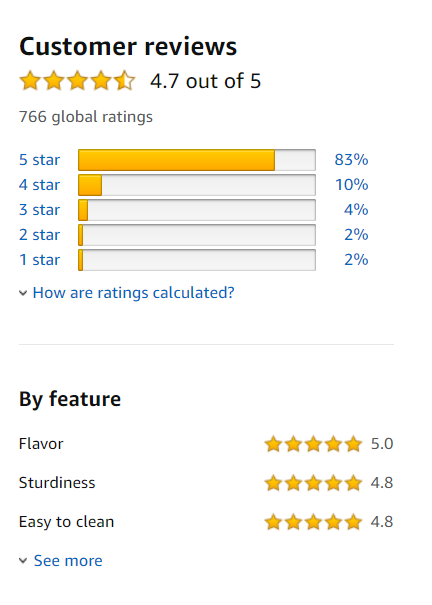
When browsing Amazon listings, many shoppers take a look at your product reviews to ensure that what you’re offering is on par with their expectations. Luckily, Amazon Seller Central makes this easy.
Between 5 to 30 days after an order is delivered, just jump into your order details and tap the “Request a Review” button. Amazon will automatically send the request to your customer.
When you receive a product review, don’t forget to respond to show your customers you care!
2. Invest in Sponsored Ads
Amazon sponsored ads allow you to boost your visibility on the platform. Most frequently, this will take the form of a sponsored product campaign, which makes three or more of your listings appear higher in Amazon’s search results.
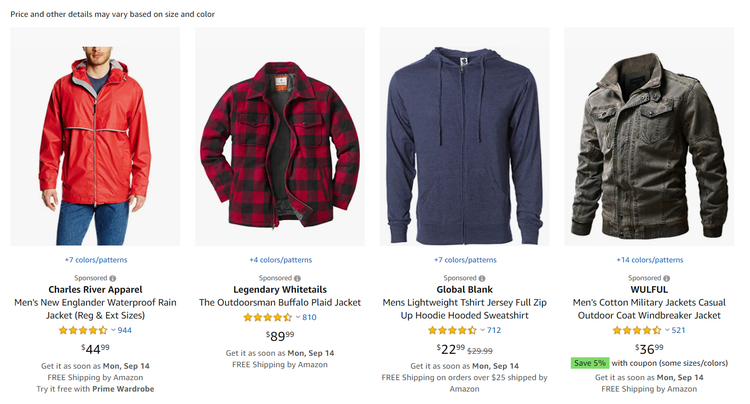
These campaigns are smart investments. You control your own budget, reach the most relevant customers, and can retarget customers for the highest ROI possible. Plus, you’ll be able to track metrics within your Amazon Seller Central account.
Anyone on the professional seller plan even gets $50 in free clicks, so don’t let the opportunity go to waste.
3. Share on Social Media
Just like a traditional retail store, one of the best ways for you to get the word out about your products is by sharing on social media. Make it easy for customers to learn about what you’re selling by showing up where they are and linking to the product pages they can make a purchase on.
Don’t forget to add a visual to your content every time you share your products. Whether you’re trying to beat the Instagram algorithm or advertise on Facebook, a powerful graphic that stays true to your online brand can attract, engage, and delight customers.
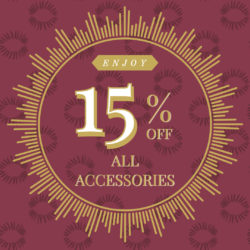

Pinterest specifically can be a powerful tool in your product marketing arsenal. The platform makes it easy for you to share eye-catching photos of the items you sell, separate them into categorized boards for customers to follow, and link straight to each product page. It gives you a chance to expand the reach of your catalog and even help customers imagine each product in their home or in use.
Check out Adobe Spark’s free Pinterest templates for inspiration!
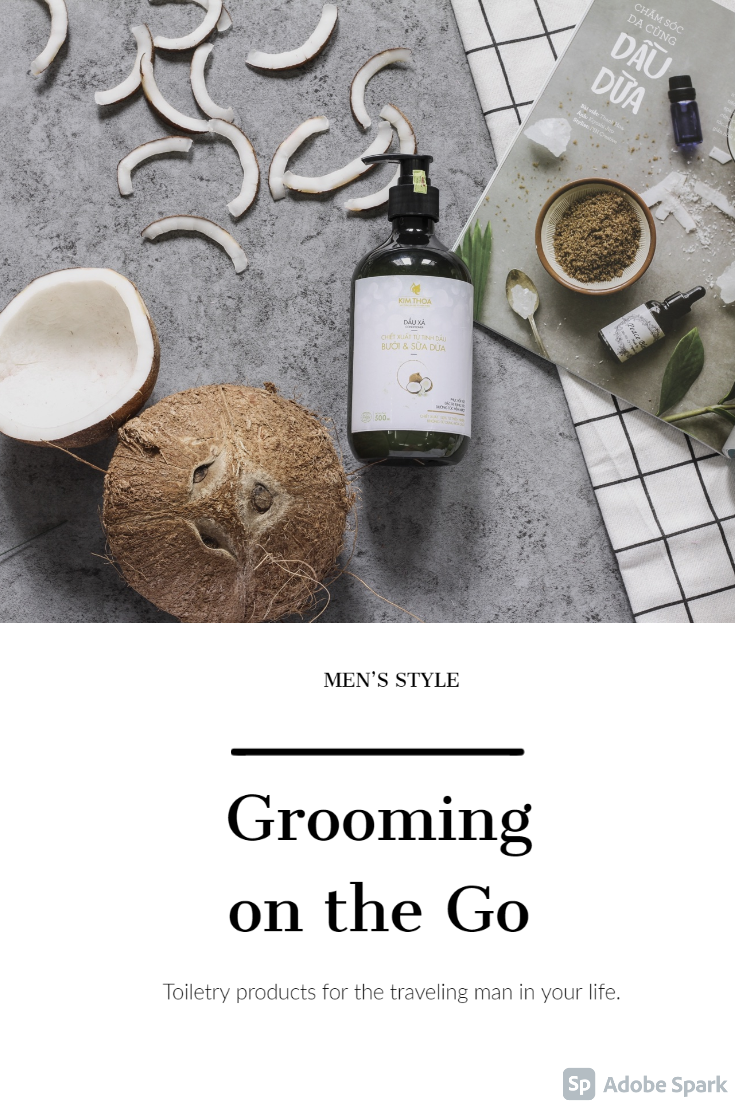
Once you’re expanding your product reach with Pinterest, you can also use Instagram Stories to create closer relationships with your customers. Give them exclusive sneak peeks into your Amazon store sales and product drops, or show customers what’s happening behind the scenes. You can even use Instagram Story polls to engage your followers and get insight into what they really want to buy.
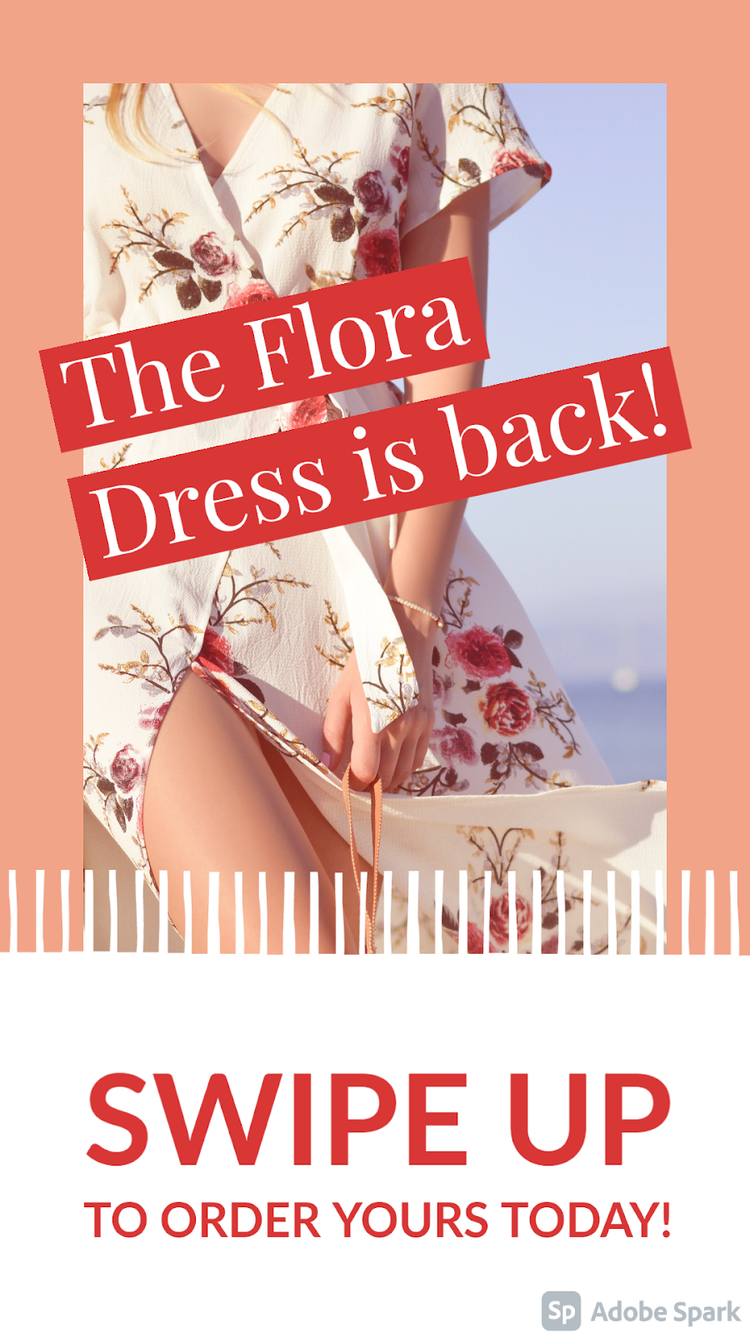
Make the biggest impact with every Instagram Story by using our free Instagram Story templates and customizing each for your brand in a tap. By pairing your new social strategy with Adobe Spark templates, you’ll be a leader in the Amazon Marketplace in no time.
| Metadata | | | ---------------- | --------------------------------------------------------------------------- | | Author | Adobe Spark | | Publication Date | 10/29/2020 | | Category | Branding Wisdom | | Tags |
amazon
e-commerce
advertising
branding
sales